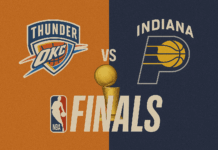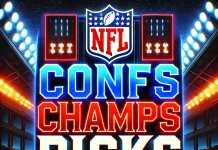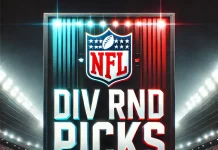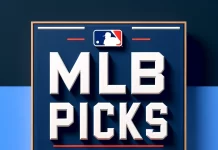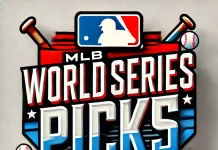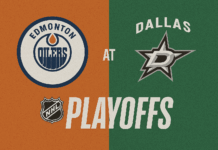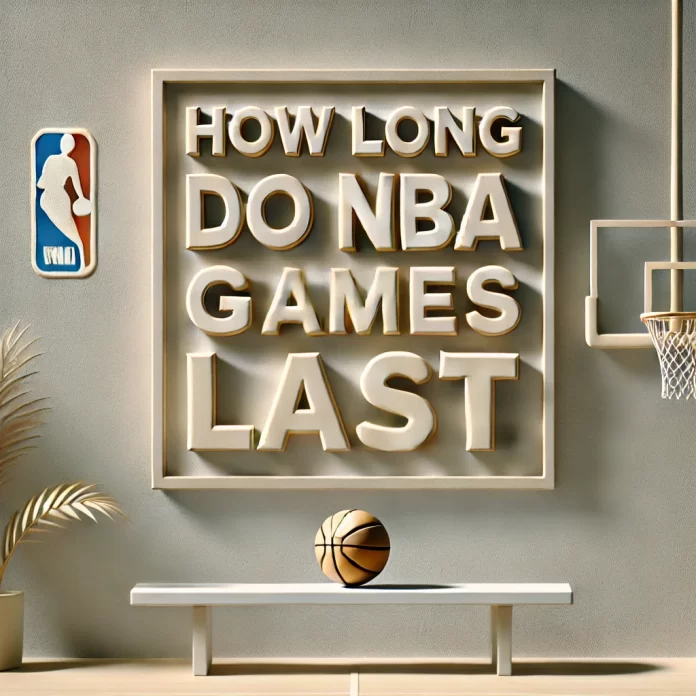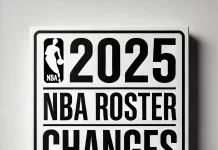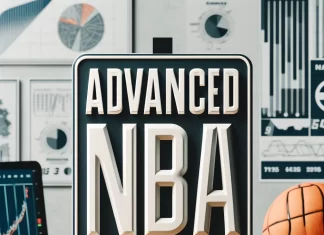An NBA game is structured and timed to provide both entertainment and competitive balance, resulting in an event that lasts around 2 to 2.5 hours in total length, from first tip-off to the final buzzer.
In short – the actual gameplay time of an NBA game is a total of 48 minutes, however if you are thinking of attending a game, you’ll likely be there for around 2.5 hours total.
Here’s a look at how the time is divided and what influences the length of a game.
Take a look at our NBA betting picks for tonight’s best bets.
Game Structure
NBA games are divided into four quarters, each lasting 12 minutes.
However, the clock stops for various reasons, such as fouls, ball out-of-bounds, timeouts, and halftime, which significantly extends the actual duration of the game from the nominal 48 minutes of play.
1. Quarters and Halftime
Each of the four quarters in an NBA game is 12 minutes long, but the game clock stops for a few reasons, including fouls, free throws, and the ball going out of play.
At the end of the second quarter, there is a halftime break, which lasts 15 minutes.
This break allows players to rest and strategize with their coaches, while also providing fans with entertainment such as performances and contests.
2. Overtime
If the score is tied at the end of regulation time (the four quarters), the game goes into overtime.
Each overtime period is 5 minutes long.
Like regular quarters, the game clock stops for the usual reasons, and there can be multiple overtime periods if the score remains tied.
Stoppage Time
Stoppage time largely adds to the length of an NBA game.
Here are some of the main reasons for stoppages:
1. Fouls
Fouls are a major reason for stoppage.
When a foul is called, the clock stops, and play is interrupted.
Free throws that follow fouls also add to the stoppage time, especially in the closing stages of a game when fouls become more strategic.
2. Timeouts
Each team is allowed to call timeouts during the game.
These can last from 20 seconds to a full minute. The number and duration of timeouts contribute to the overall length of the game.
Teams use timeouts for rest, tactical discussions, or to stop the game clock towards the end of the game.
3. Reviews and Challenges
In recent years, the use of replays and challenges has increased.
Officials may review plays to confirm or overturn call related to out-of-bounds possessions, personal fouls, and potential scoring issues.
These reviews are crucial for ensuring the accuracy of game-deciding calls but can add several minutes to the game duration.
Broadcasting Factors
Television timeouts and other broadcasting needs also extend the length of NBA games.
These breaks are used for advertisements and occur at specific points in the game, such as after certain minutes have elapsed in a quarter.
These are apart from the timeouts called by teams and are factored into the broadcast schedule.
48 Minutes Of Action – 2+ Hours Of Length
The actual playing time of an NBA game is only 48 minutes, but with all the stoppages and intermissions, the total time you spend watching a game can extend up to about 2.5 hours.
The length can increase further with overtime periods, making some games last even longer.
This structure not only ensures that the game maintains its pace but also allows for commercial opportunities and broadcast requirements, all of which contribute to the overall spectacle of an NBA game.
Tinking of having a bet while you’re at the game? Check out some of our NBA betting basics to get you started.
Like this article? See how many innings there are in an MLB game.


